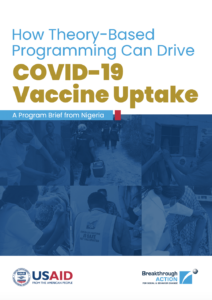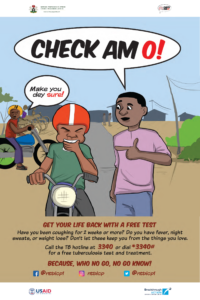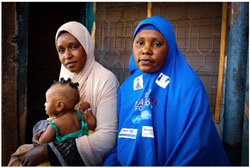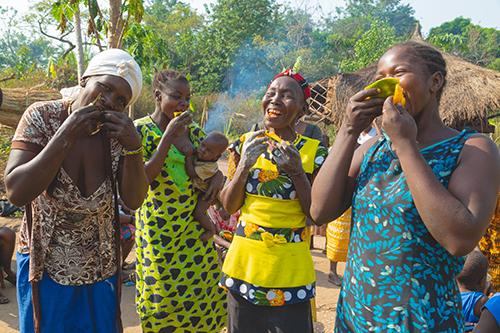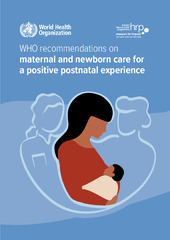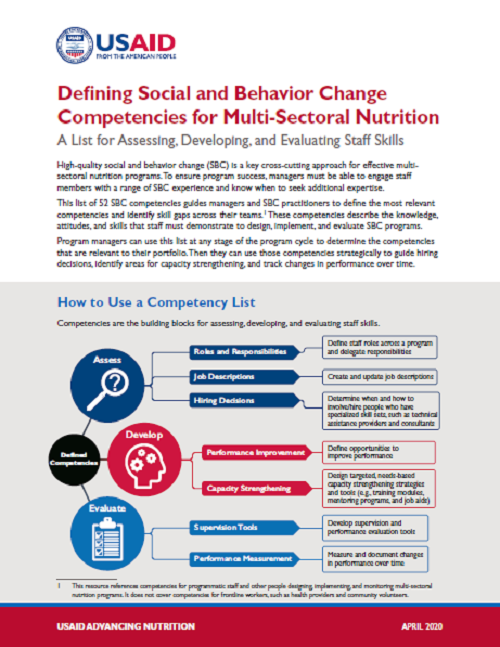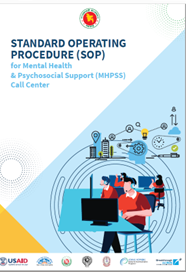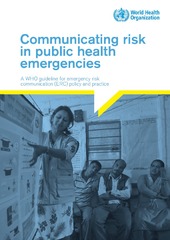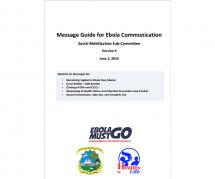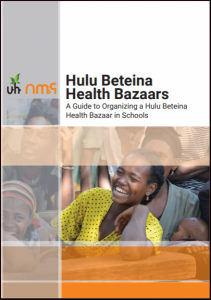Breakthrough ACTION-Nigeria Risk Communication and Community Engagement Tools and Resources
Breakthrough ACTION-Nigeria’s risk communication and community engagement interventions support the Government of Nigeria in preventing, detecting, and responding to public health emergencies. The project produced and implemented a coordinated package of social and behavior change interventions tailored to address specific public health emergencies and infectious diseases as part of these efforts.
- To achieve this, Breakthrough ACTION-Nigeria:
- implemented a coordinated package of SBC interventions including mass media campaigns and community-level activities tailored to address specific public health emergencies including infectious diseases like Lassa fever, Mpox, and COVID-19.
- strengthened the capacity of government, partners, healthcare providers, community leaders, and other community actors to effectively communicate health messages and facilitate behavior change during public health emergencies.
We’re sharing the resources we developed to implement the project’s interventions.
Source: Johns Hopkins University Center for Communication Programs
Date of Publication: August 13, 2024

